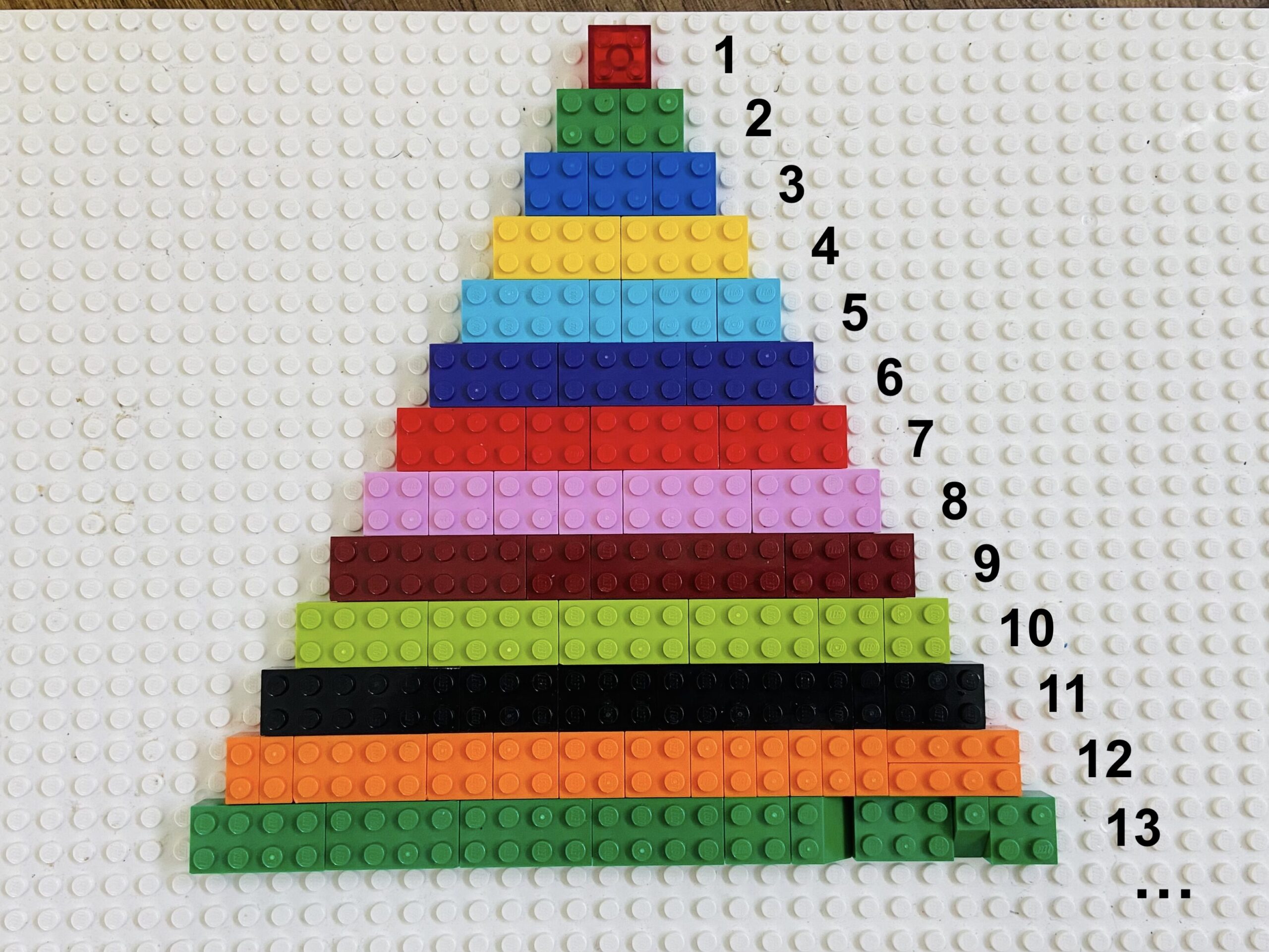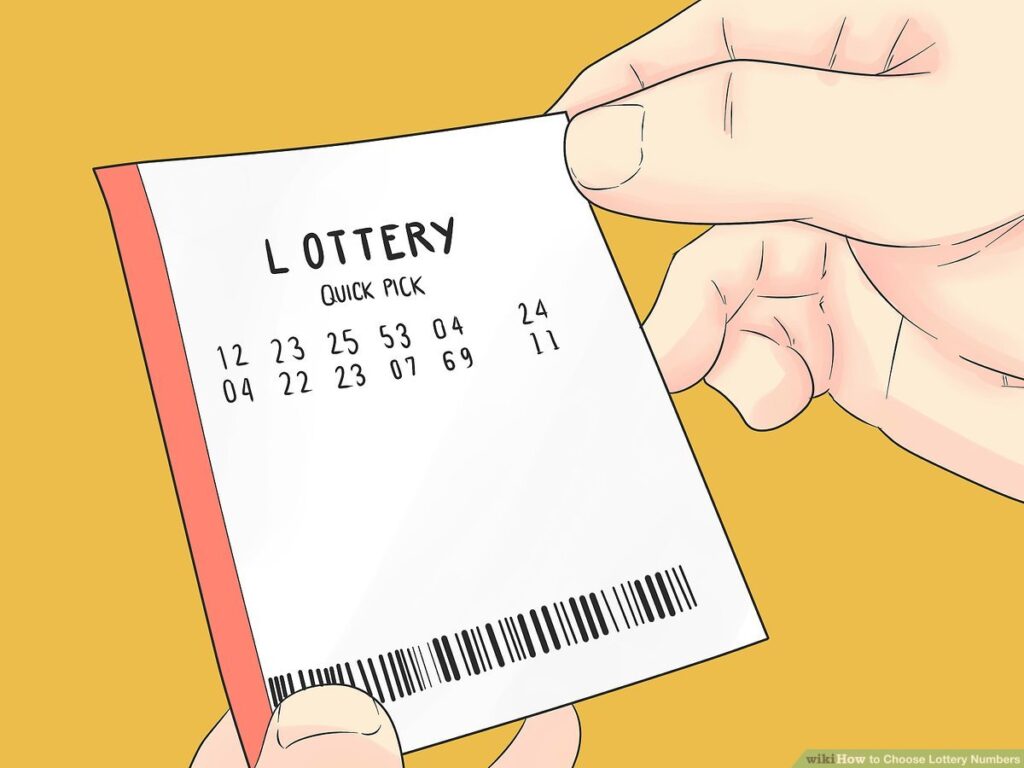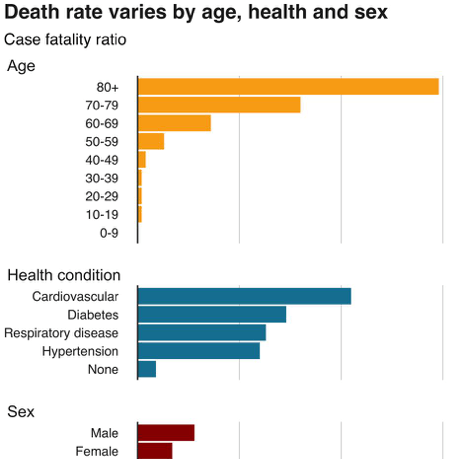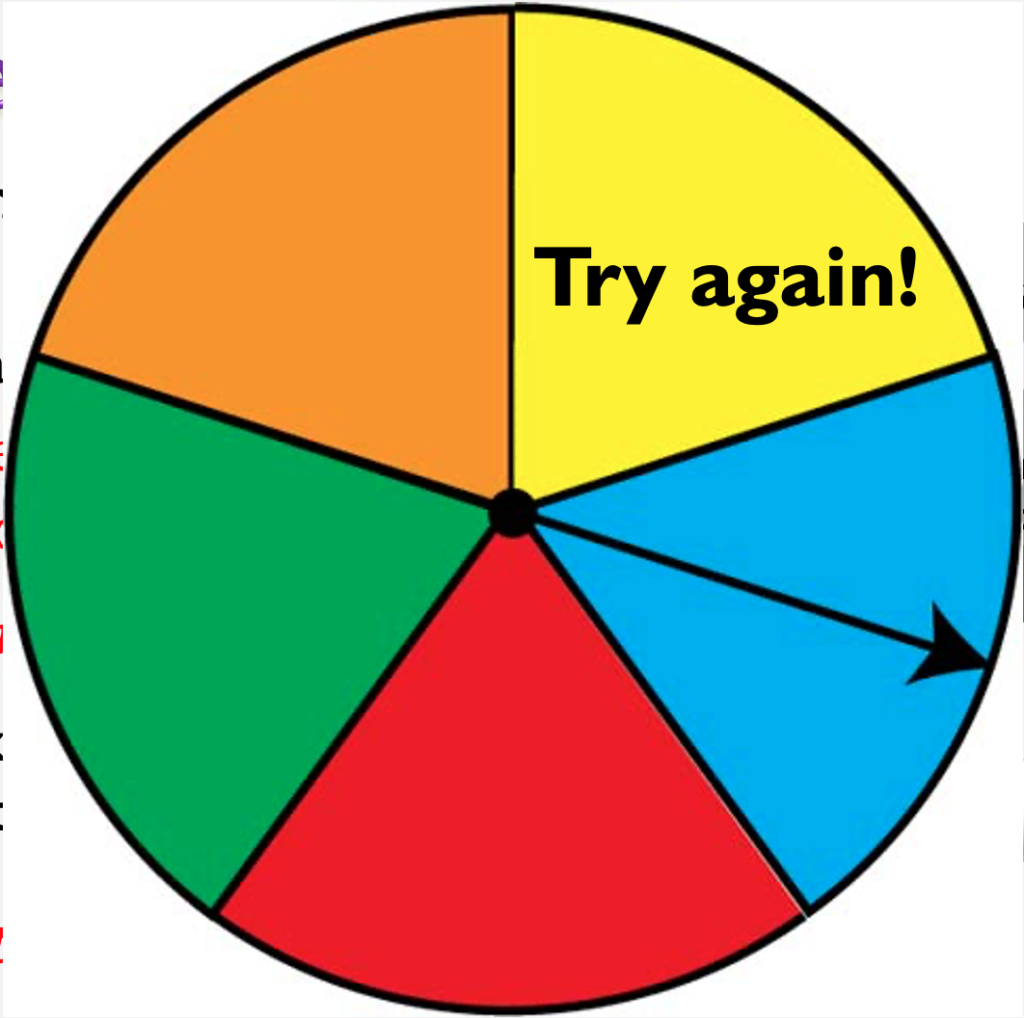I can often hear students ask, ‘Why do we have to learn math? Secondary school mathematics are not even useful in daily life.’ To be honest, when I was young, I also had the same doubt. I attribute this doubt to rigid teaching and tricky questions with Chinese characteristics. After I became a math teacher, I realized that the process that human beings acquire knowledge and upgrade thinking is inevitably bumpy and struggling. My first job is teaching math and physics at an international school that used the American curriculum. In sharp contrast to the tricky and circuitous Chinese math questions, American math is way more straightforward. However, students still ask the same question, ‘Why do we have to learn math?’. The degree of difficulty of the contents may affect students’ interest in learning, but it isn’t the decisive factor. It is the abstract nature of mathematics that makes students feel hard to connect knowledge with reality. The most evident example is geometric proof, which is widely considered hard to teach and learn.
In order for students to understand the wide applications in real-life situations, textbooks published by McGraw-Hill and Pearson, such as Algebra I, Algebra II, PreCalculus 10, PreCalculus 11, and Geometry, provide a large amount of cross-curricular word problems. This bridge seems to connect math with reality, however, is far from enough. Researchers and Educators proposed project-based learning (PBL) to make up for the deficiencies and a new and efficient way of math teaching and learning. I have tried PBL since 2017, the year I joined a newly-established bilingual school that integrates the advantages of both Chinese mathematics and US common core. Interdisciplinary PBL is so challenging that it can’t be well implemented by a school not even mention a single teacher. Firstly, teachers in various disciplines need to work together, but are teachers professional prepared in terms of knowledge content and pedagogical skills? Secondly, the requirement on knowledge level is probably higher than traditional learning, meaning that PBL will fail if students lack a strong academic foundation. Third, same project may not have the same result on different students in different study groups… On the whole, a well-designed project the prerequisite for a successful implementation of PBL.
The following are the projects I collected from teaching, reading, social media and homeschooling my own child. As they are based on mathematics, I named these projects “Math +”, math + art, math + business, math + programming, math + history, probability, and statistics.








